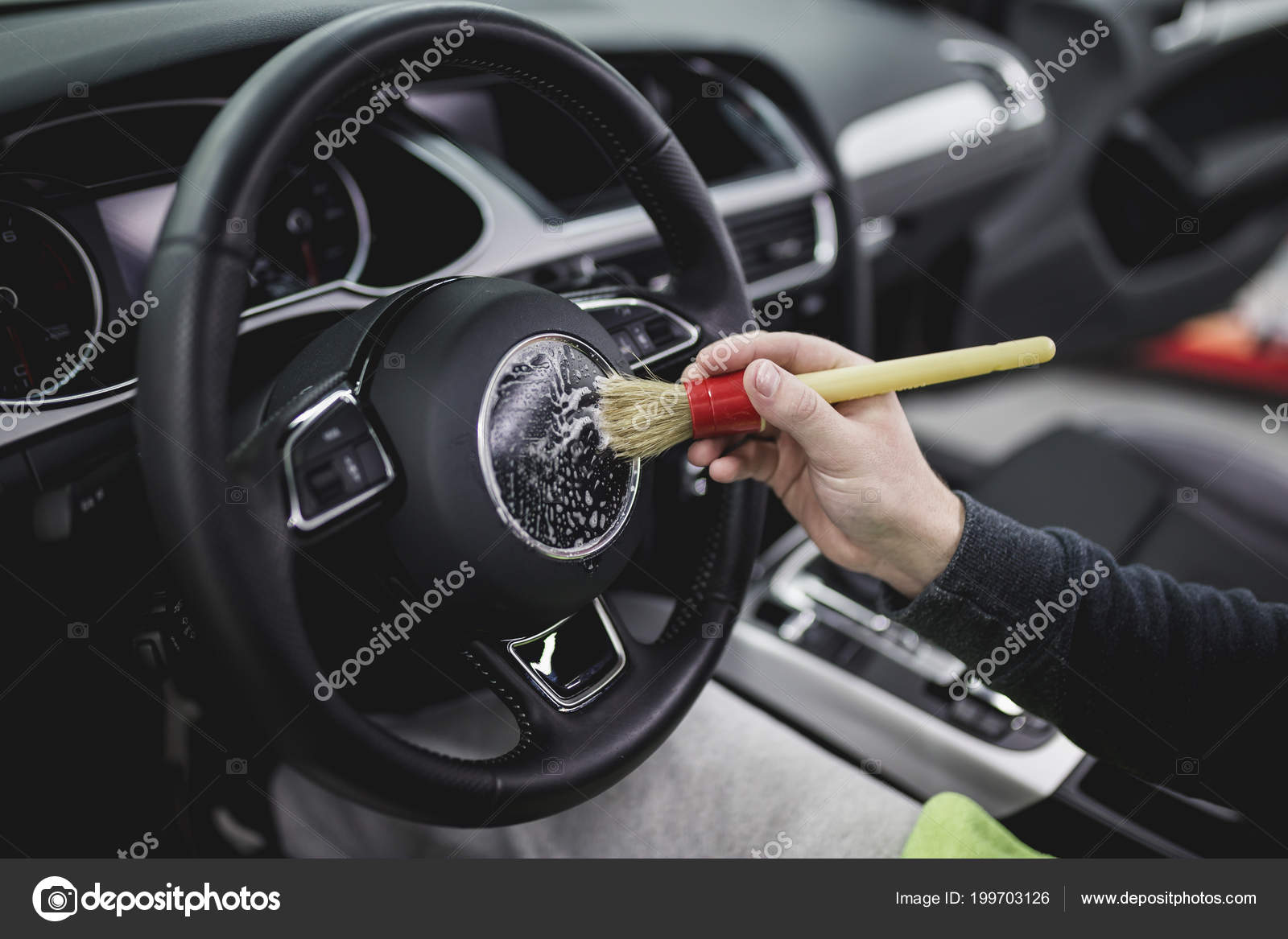
Many new battery technologies are coming to market. These include carbon nanotubes as well as Sodium-ion and Solid-state battery technologies, as well stretchable fuel cells. You might even have heard of carbon Nanotubes. You're in luck because there are many more. Read on to learn more about the latest in battery innovation. You can also learn more about the latest battery innovation while you're at this!
Carbon nanotubes
Scientists are investigating the potential use of carbon nanotubes to improve battery technology. These nanoparticles are extremely conductive and can be used as electrodes for batteries. New electrodes can retain 92% of their potential even after 500 cycles. Lithium-ion batteries are ready to deliver power to a load when their maximum potential difference is higher than their corresponding potential difference at zero. This high-performance characteristic of lithium-ion batteries is not yet widely known. The technology will need to be further developed before it can be used in large-scale battery applications.

Sodium-ion batteries
The similarities between lithium-ion or sodium-ion batteries are numerous. Both are alkali metallics. But sodium is much more prevalent than lithium. Although they are close to each other on the periodic table their chemistry is different, which makes them useful for many applications. In a sector that is facing a shortage of lithium, sodium-ion cells may be a viable option.
Solid-state Batteries
A new type of battery has been developed by engineers from UC San Diego. It combines two promising sub-fields of the battery industry - solid-state electrolytes with all-silicon aniodes - and is compact in size. The new battery is safe, energy dense, and extremely versatile, and it holds promise for a variety of applications. This innovation will be published in the Sept. 24 issue of Science. The research was led by UC San Diego nanoengineers, along with researchers from LG Energy Solution.
Stretchable fuel cells
A new invention called stretchable fuel batteries could solve all of your battery problems. It uses human sweat to extract energy that can be used for powering Bluetooth radios and LEDs. Researchers have created a biofuel-cell with a flexible membrane, which can be attached directly to a custom-made circuitboard. The device can even be used while stationary biking to power an LED. The researchers say stretchable fuel batteries are an important advance in battery technology. They could power wearable electronics using the body's energy.

Nanogenerators
Georgia Tech researchers created a new battery innovation, the nanogenerator. This new technology generates electricity using the triboelectric effects. This happens when two surfaces rub against one another, creating friction which transfers electrons between the two surfaces. This causes the surface receiving electrons to become negatively charged while the opposite surface becomes positively charged. This creates static electricity. It does not travel through an open circuit unlike an external one. For example, you can see the triboelectric effect at work by rubbing a balloon against the head of someone you love.
FAQ
What are the requirements for an automotive technician?
You must have graduated high school or GED, with excellent English and math grades. It is also necessary to be able both to read and to write. Before you can start working, you will have to pass a written exam and take a series practical tests.
What qualifications do I need to become a mechanic?
To become a technician, you will need to pass a series exams. These include:
-
A general knowledge exam
-
Practical exam
-
An apprenticeship test
These tests are meant to help you grasp the fundamentals of mechanical engineering and physics, before you begin your journey as a mechanic.
After passing these tests, you will be eligible to become a mechanic. You will still need to complete an apprenticeship. This will involve training in your trade.
To learn all there is to know about fixing vehicles, you will need workshops and classes. Additionally, you will need to work with experienced mechanics.
A mechanic must be highly focused and attentive to detail in order to succeed. Vehicle repairs require you to be very attentive.
To be a successful mechanic, you will need patience and perseverance. If you don't like to follow instructions, then this may not be the right career path for you.
If you enjoy cars and fixing them, this job could be a good fit for you.
Are you looking for a career as an automotive mechanic?
If you are determined to excel, the automotive industry offers many opportunities. It is important to work hard and learn as much from others as you can in order to succeed in this industry.
Communication skills are important as customers and coworkers will often be your main focus. You will need to be able and willing travel for work, making it more difficult to commute.
Take classes at community colleges or universities if you're interested to work in automotive. Many schools offer programs for students who are interested to learn about auto sales, customer service, or repair.
If you decide to pursue a degree, you should study mechanical engineering. You can earn a bachelor's in as little four years.
Many employers will hire graduates straight out from school. So, it is wise to begin searching for employment while you are still able to study part time.
Once you've completed your education, you'll probably need to complete some form of training before being able to take up a position as an automotive technician.
This means you'll need to pass exams such as the Automotive Service Excellence (ASE) certification exam. This test covers engine maintenance and brakes as well as suspension.
Once you pass the ASE test, your license can be applied for by the National Institute for Automotive Service Excellence.
You can perform repairs on private cars by obtaining a license. Based on the services rendered, you will receive compensation.
Not all states require licensing. You will need a license if you want to work in a different state.
Some states do not issue licenses until they have received a certain amount or training. This may be the case for you.
Is being a mechanic apprentice hard?
It is not easy but it can be done quickly. There are many opportunities for advancement.
You must have patience and perseverance. Also, you must know how to fix trucks, cars, and motorcycles.
Customers and family members can put a lot pressure on you. They want you to succeed. You shouldn't feel pressured to make decisions that you don't like.
This could be an excellent career choice for someone who enjoys fixing cars. This job allows you to make a decent wage and build up your company.
However, you might prefer to go down another route. In this case, you could consider becoming a technician instead.
This could involve using your technical knowledge to support other employees. You might be able to assist technicians in troubleshooting problems or teach them new techniques.
Another option is to become a service advisor. This is where you can offer advice and assistance to customers who bring their vehicles to a garage.
Your choice is based on what you choose to do. There are many options, so you can choose the one that suits you best.
What information do I need about car mechanics
To be an auto mechanic, you don't have to know much about cars. You only need to know how to fix them. This is why most people get started with simple jobs such as changing brake pads or tires. Then they move on to more difficult repairs.
You'll need the ability to read and understand diagrams and to follow simple rules of good practise. You'll also need to be able to judge whether parts need replacing or repairing.
It is important that you have proper training and guidance before you attempt to repair vehicles. This is especially true for expensive components, such as transmissions and engines.
Even though you don't need to be an expert on cars, it is important to understand the fundamentals of mechanical engineering and physical physics. This means understanding the principles behind how engines work and how brakes function.
It's also worth noting that you'll need to be prepared to deal with all sorts of situations. For example, you may find yourself working on a vehicle that has been involved in a serious accident. Experience with accidents and breakdowns is also a must.
Finally, you must be willing to learn new skills quickly. As well as being able to diagnose problems, you'll need to be able to perform simple maintenance tasks such as tightening nuts and bolts.
How can I fix my automobile as a hobby.
It's a great hobby to take on if you are passionate about cars. It is possible to learn about cars, repair them, purchase parts, or simply enjoy them. It would make a great pastime if you're looking for something different to do.
However, it's not easy to turn this into a full-time career. It takes dedication and hardwork. You'll also need to invest a lot.
It is best to avoid getting involved in car accidents unless you have good reasons.
Statistics
- There were 749,900 jobs available for automotive service technicians and mechanics in 2016, which is expected to grow by six percent through 2026. (jobhero.com)
- 52% of Mechanics in the United States think their salaries are enough for the cost of living in their area. (indeed.com)
- The U.S. Bureau of Labor Statistics (BLS) reports that the job outlook for automotive service technicians and mechanics is expected to decline by 4% from 2019 to 2029. (indeed.com)
External Links
How To
How to properly diagnose your vehicle for repair
To determine if your car needs repairs, you should first look at the symptoms that your car presents. These steps will help you diagnose your car properly.
-
Check engine lights. You should inspect the dashboard lights, such as the engine light indicator and the oil pressure gauge. Also, check the battery light indicator. If they have been flashing for more days than usual, it could be a sign that something is wrong with the vehicle.
-
Examine the treads of the tires. If the tires are worn out, they could cause problems with handling and braking. You should also inspect the wheel treads. They should look clean and be smooth. This can be done by removing the wheels from the vehicle and taking them off. A flashlight can be used to check how worn the treads are.
-
You should always monitor the level brake fluid. You must always monitor the level of your brake fluid. This ensures that your brakes work properly. Low brake fluid levels can cause brake failure when you apply pressure.
-
Test the suspension system. A suspension system is designed to absorb vibrations and shocks. It allows for better control, smooth acceleration, and deceleration. If your vehicle has a suspension problem, it might feel wobbly or shake uncontrollably. To test whether your vehicle has a suspension issue, try putting weight on the front or rear axle and observe the movement.
-
Examine the steering column. The steering column connects the steering wheel to all other components of the vehicle. Sometimes, steering columns are damaged by accidents. You should replace your steering column if it feels loose or unstable.
-
The exhaust pipe should be observed. The exhaust pipes are responsible for moving gases from the combustion chamber into the atmosphere. Exhaust pipes that are cracked or leaking can allow harmful fumes to enter your cabin. It is also important to repair any bends in your tailpipe immediately.
-
Look under your hood. If you see anything unusual, take a look under the hood. You could have fluids leaking from the engine. If you smell something strange coming from your engine compartment you should call a professional technician.
-
Check the air filter. The vehicle's outside environment may cause the air filter to collect dust and debris. A dirty air filter causes your vehicle to run poorly. Replace your air filter regularly.
-
Check the fan belt. The fan belt is the link between the engine and the transmission. If the fanbel breaks, your engine won't turn. It's easy to replace the belt. You will need a screwdriver, pliers and a pair of pliers.
-
Verify the radiator hoses. The radiatorhose carries water from your radiator to the engine. It can cause hot liquid to leak onto the engine if it is damaged or cracked. To repair the leaky hose, all you need is a pair if needle-nosepliers.
-
Check the windshield wipers. Windshield wipers work by using electricity to remove rain and snow. They can leave streaks on your windows glass if they stop working. Change the washer fluid to fix the problem.
-
Make sure you check the cables. Your car's electrical system is powered by batteries. If you are replacing batteries, disconnect the negative cord first. Failure to do so can damage your alternator.
-
Be sure to check your headlights. Headlights help you see the road ahead. Bad visibility can be caused by headlights that don't work correctly. Inspect the bulbs for signs of burnt out.
-
Always check your lights. If you approach other drivers at night, lights will warn them. You may be distracted by the light and end up in an accident.
-
Inspect your brakes. Before you collide with another vehicle, brakes will slow down the car. You could lose control of the car and cause a crash if they don't work properly.
-
Make sure to change the oil. Your engine will stay lubricated by the oil. It helps prevent metal parts from wearing out too quickly. It is recommended to change the oil each month.